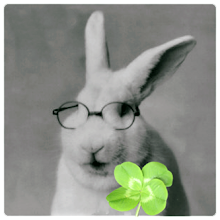Zipang, The Land of Gold.
European first identify Japan from Marco Polo journal, a merchant from Venice in 13th century. He heard about prosperity from “Zipang” (Japan) when he was in China. In The Travel of Marco Polo, we examine that gold discover all over part of Japan, thus the populace livin in abundance of gold. A remarkable wealth of Palace Government was astounding sight. All over the rooftops covered with gold. In fact, truthly what Marco Polo said that gold excavated from North-East Japan around 12th century and gold took important role in developed the establishment of the royal family in Japanese. For instance the construction of Konjikido, Golden Hall in Chusonji temple, which still shining golden at this present. And also a fact that Japanese imported gold to China, also Korea Bay, from 12th until middle 17th century. But instead, Japan never had a palace fully cover with gold, from tile to rooftop. Geez, what it supposed to like. Maybe I need a sunglass, for prevent myself for havin dizzy because of gold-light radiation ?. Derived from Marco Polo’s fiction, Portuguese embark sailed to japan in the late of 15th century, but what they discovered wasn’t gold or even a gold covered palace. Only covered with mire roofblocks and bush. Of course they very disappointed, but what come more advantage that the gathering for two difference culture with share same world, only further parts. In clearly stated that Japanese really appreciate gold, but Japanese never thought about the shine of pure gold as the best divineever imagine. Gold never used to cover architectured or buildings, except the Kon-chosuji, which build by Toyotomi Hideyoshi, the Taiko. And what come more interesting that gold color perfectly beautiful when it combine with shape of color black, or just a sprinkle of color gold.










